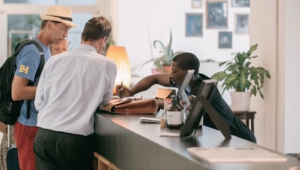According to Oceana, 80% of the world’s oceans are being over-exploited. Overfishing is has turned to be one of the major concerns of recent decades: fish populations decline without the ability to bounce back when demand overrides a fish’s capability to reproduce. Another contribution to overfishing is bycatch—marine animals that are caught unintentionally in nets and bottom trawls.
By trying to understand what I could potentially do as a consumer, I came across two initiatives which I consider utterly interesting. The first one is an application called the SeaFood Watch. This application helps you choose ocean-friendly seafood at your favorite restaurants and stores. The way it is designed makes it attractive and useful to get the latest recommendations for seafood and sushi, learn more about the seafood you eat, and locate or share businesses that serve sustainable seafood. Likewise, the second initiative is the fact that Whole Foods offers sustainability rankings by labeling its seafood products as either “best choice,” “good alternative” or “avoid.” All seafood is color-coded as “best choice” (green), “good alternative” (yellow) or “avoid” (red). Factually, I believe both programs are great examples of two concepts we discussed in class: convenience and partnerships for sustainability.
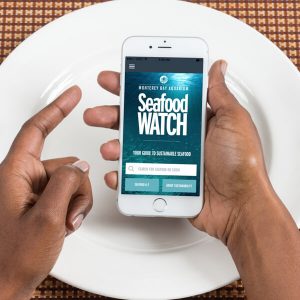
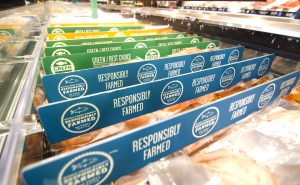
On the one hand, SeaFood Watch converts the process of learning and recognition of sustainable and non-sustainable options a more comfortable and less time-consuming practice for the consumer. In terms of partnerships, the creators of this App – Monterey Bay Aquarium – collaborate with a large number of business and organizations. The partners get access to SeaFood’s data sets, reports and updates; the possibility to use SeaFood’s logo for messaging their commitment; networking opportunities with other partners; educational tools and recognition of their efforts in SeaFood’s web and social media. At the same time, Monterey Bay Aquarium requires the collaborators to make a commitment to identify environmentally responsible recommendations on all product listings and provide accurate Seafood Watch information to all customers.
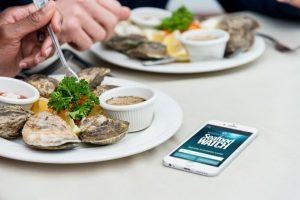
On the other hand, Whole Foods’ initiative started out this labeling project in conjunction with Blue Ocean and SeaFood Watch. In my opinion, this partnership does not only provide the supermarket with environmental tools and knowledge. It is actually also really strategic in terms of marketing: they reinforce their responsible reputation by showing their green partners and better target their conscientious consumers by showing their concerns regarding ecological issues. Apart from that, convenience is as well enhanced by easing consumer’s sustainable decisions.
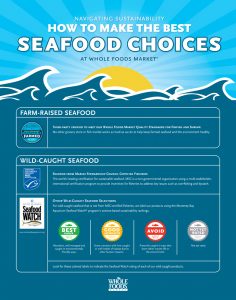


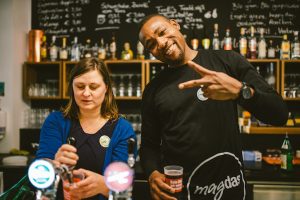 The hotel’s philosophy is to be a meeting place between staff and tourists, i.e., a meeting point between different cultures and traditions. That is why the refugees bring so much value to this company. The guests like the fact that they speak to them in their language and make them feel at home. Moreover, multicultural settings are enriching in the sense that there is greater creativity and initiative thanks, in this case, to their need to survive. The workers can insert better practices from their previous experiences in other studies or jobs into the reality of a hotel, and the diversity of people’s origins can help to meet the needs of a multicultural clientele.
The hotel’s philosophy is to be a meeting place between staff and tourists, i.e., a meeting point between different cultures and traditions. That is why the refugees bring so much value to this company. The guests like the fact that they speak to them in their language and make them feel at home. Moreover, multicultural settings are enriching in the sense that there is greater creativity and initiative thanks, in this case, to their need to survive. The workers can insert better practices from their previous experiences in other studies or jobs into the reality of a hotel, and the diversity of people’s origins can help to meet the needs of a multicultural clientele.
